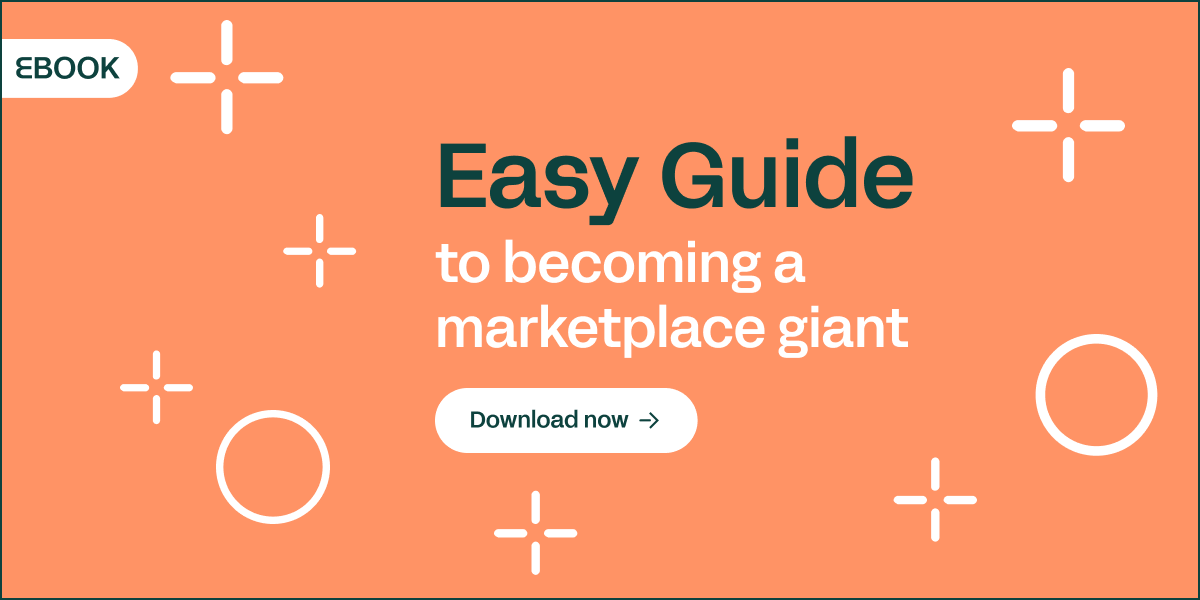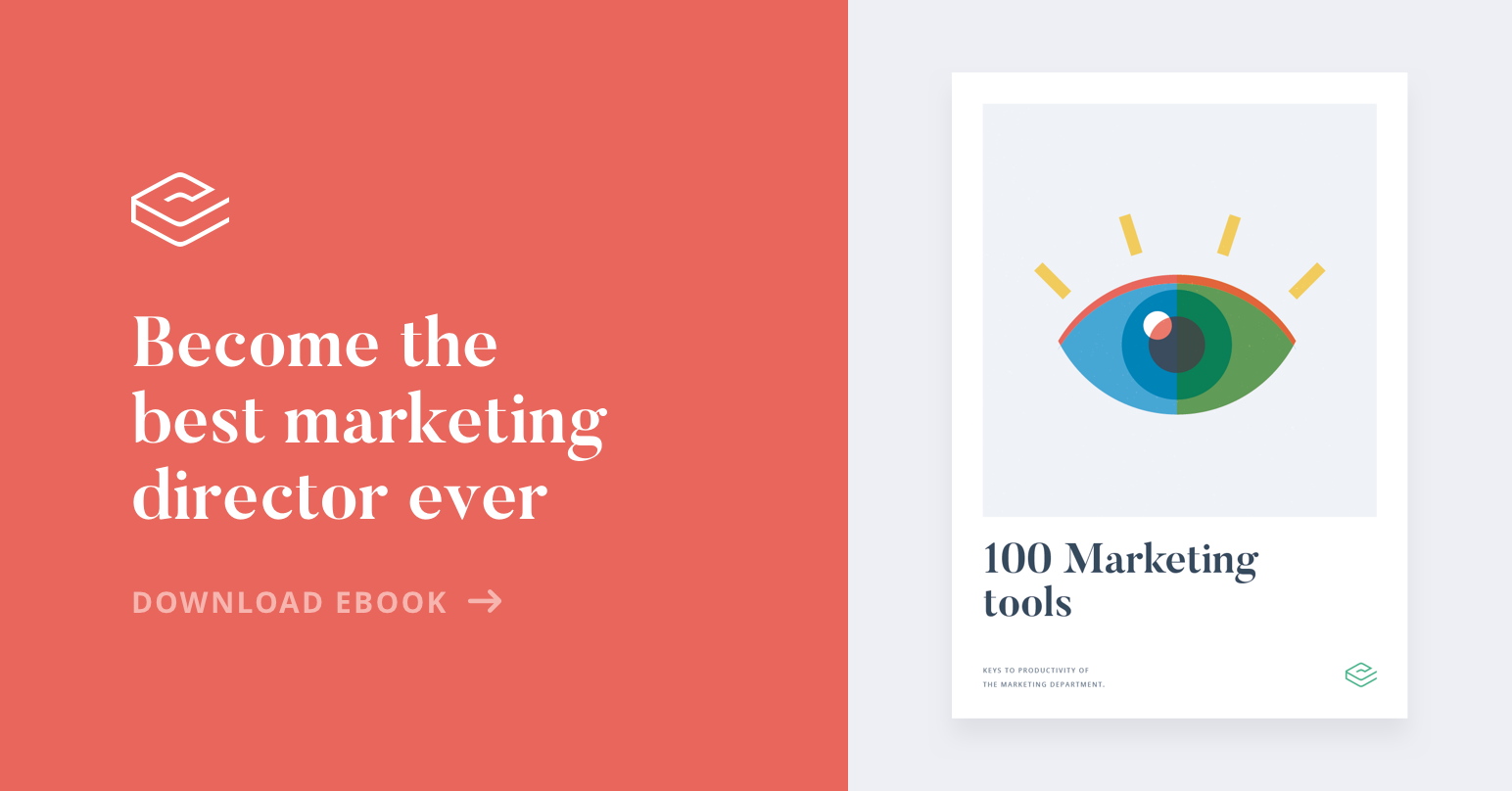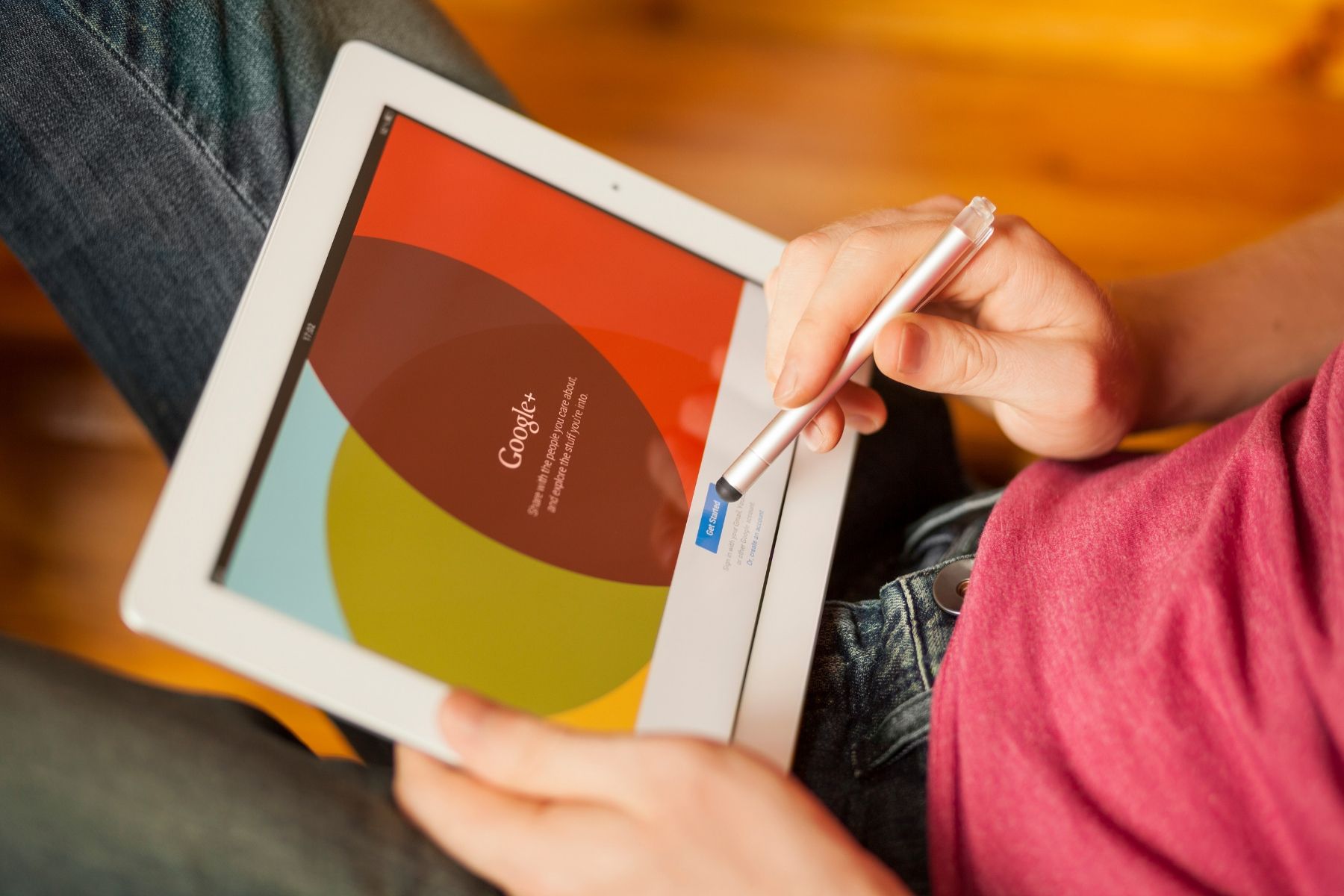
It’s March, 2019, and warning messages have begun to arrive to Google users: on April 2, 2019, Google Plus will close and with it all the content stored in its accounts will disappear in a matter of months.
The news would barely have been noticed if the platform did not belong to one of the largest conglomerates that has ever existed. How could a social network promoted by the unassailable leader in internet search and advertising…
...fail?
Ping, Bebo, Digg, Vine and MySpace have also disappeared. Knowing how everything can change from day to day, is it safer to opt for a strategy on a “more traditional” platform, or is it better to put your money into new social networks?
Table of contents
- Long live the king: Google intentions in closing Google+
- Product sales opportunities on each social network
- What are the best social networks to sell products on?
Long live the king: Google intentions in closing Google+
Google Plus’ approach was actually a great starting platform, for a start the interface was much more intuitive than Facebook’s.
The big problem was that Google+ was never really a competitor of Facebook, it was a similar concept, rather than a new model. If Samsung were to ever replicate Apple's AirPods, it would probably do so with a simple advantage: the price. But how do you measure the cost social networks?
An ex employee of Google, Morgan Knutson, accused the company of being inept and unable to design anything different.
He made these accusations on Twitter, of all ironies.
Migrating content, audiences and followers might take some time, but the investment, makes a digital move like Google+ as undesirable as moving house.
When Instagram managed to recover its lost ground against Snapchat, its strategy was fast and efficient: offer the same as Snapchat to the same audience.
Google+ didn’t bring any new functions, just new, nicely painted, empty house.
By 2015 the social network presented a rate of 98% of fall in levels of use, and there was talk of an imminent death, a zombie that would only be standing for a few more years because of its value among certain communities.
The asymmetric model against symmetric on social networks
Among the causes of the failure of Google+, which never achieved the volume of users and activity as Facebook. One of the members of the original design team points to the asymmetric followers model.
However, this model was not a problem for Instagram, Twitter or YouTube: accounts can be followed without the need for invite and accept as they are on Facebook and LinkedIn. The system of 'circles' proposed by Google Plus, which gathered acquaintances and relatives of the user, was confusing and unhelpful compared to the typical bidirectional (or unidirectional) model.
In fact, the symmetric or asymmetric social network model does not even matter much at the brand level, since it is more important to build a base of followers than to follow other accounts.
That said, at the business level a symmetrical model demonstrates greater efficiency: professionals only connect with colleagues or potential clients who show an active interest and a close profile.
"In this scenario, it is nearly impossible for brands to capitalize on all of the channels. And you shouldn’t try to do so. That’s why it becomes crucial for brands to identify the right social media channels. It’s about quality, not just quantity." | Shane Barker, Digital Strategist
The key to the use of asymmetric social networks such as Twitter for business and brands is exposure: even if a tweet is quickly lost in the void, it is more likely to reach an audience than in a social network where, frankly, many people do not participate, like Google+.
The design of Google+ was precipitate: publications in Google Plus were ordered according to an algorithm that, like Twitter, Instagram and Facebook, buried many posts which were not shown orderly or chronologically. But added to this, in its beginnings it did not have a mobile app and, once launched, it did not work with the same simplicity and speed as Twitter or Instagram.
In short, the birth of Google+ seemed forced, especially when the Hancock Project was launched: which was to create a Google+ account for each Google user. Worrying, right?
Suddenly, millions of people had a profile that they had not requested, that in most cases they did not use. 90% of Google+ sessions lasted less than 5 seconds.
So it’s no surprise that most perceived the brand of Google+ like an abandoned funfair, complete with rotting tracks and scary clowns.
→ Improve your sales on Google Shopping with this complete guide
Product sales opportunities on each social network
Ever since Yahoo coined the term, 'social selling' has gained so much ground that today it’s commonplace. On average, each adult uses five social networks a day.
Selling in social media is more than advertising: it is allows for direct purchase, in addition to appealing to the impulse to pay for something as soon as you see it in a photograph or video. It’s as close to brick and mortar as the internet has come.
It is said that for every euro / dollar invested in social networks you get 5 in return. Ok so the rule doesn’t work equally on all platforms, or even economically speaking. But selling through social networks is more than a trend: it is one more aspect of an omnichannel integration in e-commerce.
“No matter which platform you choose for your social media campaign, the first thing to keep in mind is that social media is better as a customer retention tool than it is as a customer acquisition tool. In other words, it’s best used as a tool to keep your customers happy rather than as a tool to acquire new customers.” | Jamie Turner, CEO of 60SecondMarketer.com
Selling on Instagram
It’s clear that Instagram is currently the #1 platform for social sales, for three reasons:
- The huge number of users and activity.
- The opportunity to generate (almost) free and promotion through influencers.
- The effort that Instagram is making focused on improving e-commerce integration.
The first step was to include shopping images in 2018, which allowed for labeling of products from a photograph with their price, name with a direct link to the shopping basket on the company’s website.
The latest news: the ability to buy directly on Instagram, without leaving the app.
This option is still limited, but its conversion rate could be very high. Buyers no longer have to save products to buy later or open a browser if they want to continue on Instagram.
When it comes to selling and promoting products on Instagram, it is key to have high quality images showing the product in use. The user looks for inspiration and, seeing a product integrated in real life, offering so much more to the shopping experience.
Instagram is more useful for B2C companies, especially fashion brands, cosmetics, gardening, decoration, furniture, catering, travel, crafts, food and drink.
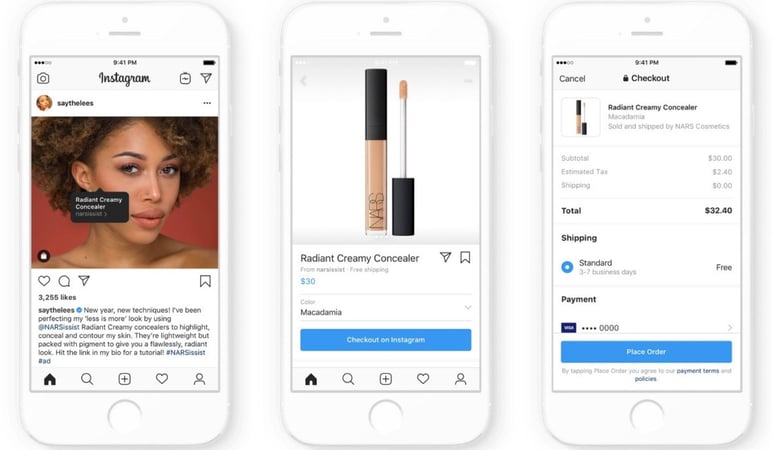
Selling on Pinterest
Shoppable images were first launched on Pinterest. The image curating platform also offers the ability to generate ads based on users' search keywords.
The photographs or 'pins' that show products with a price include a link to make a purchase. Images that show white points break down the set into pieces, so that the user can identify and buy the product he wants. According to a study, 90% of regular Pinterest users use the network to make shopping decisions.
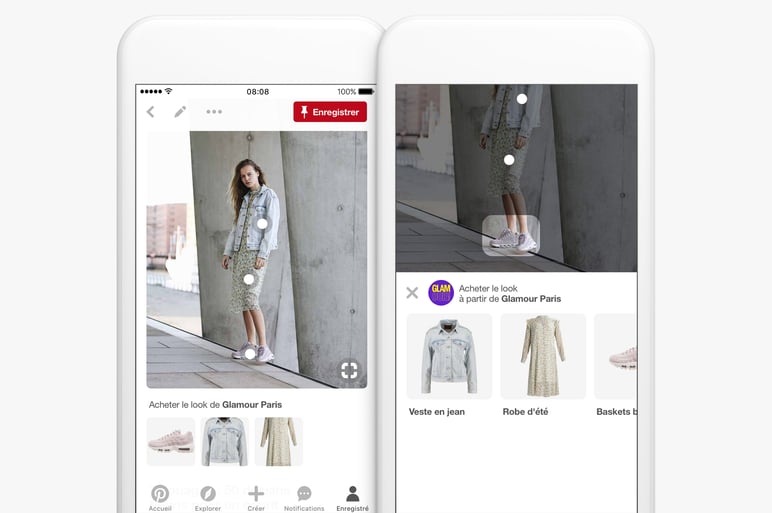
Selling on Snapchat
Snapchat was shouting from the rooftops about their unprecedented growth a couple of years ago. But then along came Instagram, stealing the Stories feature, which caused Snapchat to plummet.
In spite of everything, the platform plods on, it is still popular among teenagers and it is attractive for businesses that want to develop geolocalized ads, especially in the restaurant, technology, travel and occasional events sector, such as fairs and concerts.
Snapchat has a geofilter option to help users find nearby stores: promotion of the site and advertising through the user who decides to use it and share it with their followers.

Selling on YouTube
Video shows the highest rate of reaction and conversion among online shoppers, and Google are wise to this, so the increasingly striking buttons on YouTube are favoring e-commerce connections.
Direct calls to action such as "I want it" or "Book now" allow the user to go straight to the product page from an ad that can not be skipped for a few seconds (unlike what happens on Instagram, where ads they can be swept away with a quick click or scroll).

Selling on Facebook
It’s fair to say Facebook is not enjoying its finest hour, but despite the recent scandals, it does not seem to have affected the pull of Facebook for business.
The platform was among the brightest during the e-commerce boom and continues to offer the most powerful version of integration with online stores. Sellers can connect their product catalogs to Facebook and completely integrate their catalogues, stocks, and orders as well as other sales channels.
What’s more, these products linked to Facebook can then be promoted through Facebook Ads. The niches that most use this social network for product sales are fashion, cosmetics and furniture, as well as lifestyle services such as gyms and dietetics.

Selling on WhatsApp
Could it be possible?
Many companies, especially of more modest size, have included WhatsApp as a means of contacting their customers, especially in terms of booking appointments or consulting product availability.
WhatsApp Business includes what was lacking in a conventional chat: automating the tasks of replicating messages and scheduling immediate responses. Companies can create a profile with all of their information, customers, orders and metrics to evaluate the number and frequency of messages.
Its main issue: the app is only available for Android.

Selling on LinkedIn and Google My Business
These two platforms are very popular at enterprise level, although they are not used for e-commerce integration as most of the previous ones.
LinkedIn is an essential meeting place for B2B businesses, since according to studies, 75% of buyers and 84% of executives in this sector use a social network to make decisions. LinkedIn is the #1 platform for searching industry and business experts, and connecting sales teams with potential clients.
For its part, Google My Business continues to be an attractive tool for companies with a store or physical location. Completing the company file with all the location and contact data improves the positioning in searches and in relation to other Google tools such as Maps or Lens.
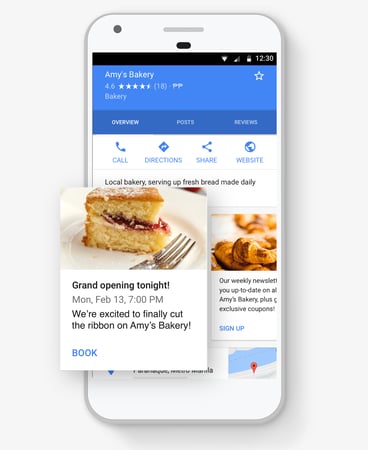
What are the best social networks to sell products on?
Selling on social networks is not a guaranteed strategy: the 'Buy' button on Twitter launched in 2014 was a failure.
Twitter realized too late that users go to Twitter with the intention to read news and visits blogs than to buy anything. In fact Twitter users are notorious for spending less than users on other networks.
To avoid things like this, it’s best to analyze which social networks have more pull in each country. Make a clear document detailing the demographics and product niches of each platform.
“Social media platforms have a customer persona they target — for example, if you're a fitness brand, Strava is a great social media platform (that many merchants don't often consider) but if you are a homewares brand, Strava won't necessarily be a good fit. Messaging is important — brands need to make sure their message and voice resonates with the demographic they are targeting.”| Luigi Moccia, Calashock Founder
For example, according to Statista’s 2019 stats:
- Instagram and Facebook are more commonly used in the United States (120 million monthly users), India (75 million), Brazil (69 million) and Indonesia (62 million). In Europe, the country with the highest monthly activity on Instagram is Germany (20 million), and in Sweden 58% of the population has an account on that network.
- Twitter has its largest registered user bases in the United States (47 million), Japan (38 million), the United Kingdom (13 million) and Saudi Arabia (11 million).
- The report highlights the enormous user gap between the United States and the rest of the world. On Snapchat, 93 million users are based in the United States and, in second place, 18 million in France. Stats like this could make or break your business.
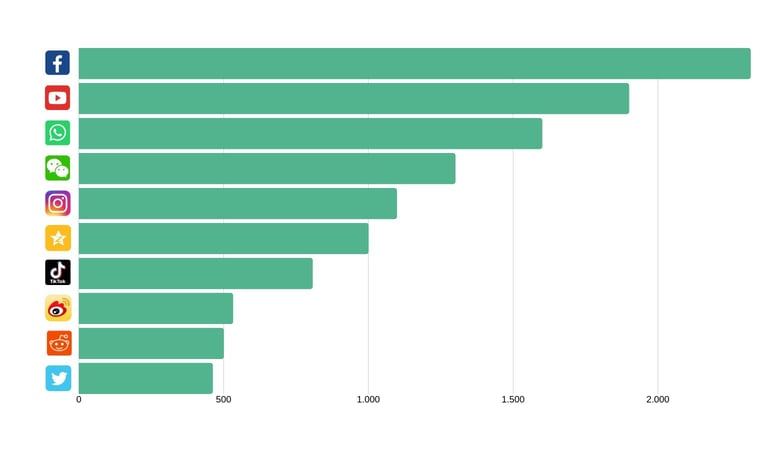
Final thoughts
Having a good range of digital tools helps with the management of an e-commerce business. The main e-commerce tools, such as Shopify or Bigcommerce, offer their own plugins or third-party plugins to connect online stores to Facebook or Pinterest. This opens up revenue streams that will work automatically and, with a short setup time, can later be of huge benefit.
Other services such as Chirpify transform interactions in social networks into web traffic or sales channels. They also include geomarketing options to offer discounts and promotions to users of social networks that are shopping near a physical store.
And the ultimate springboard is a PIM system, which allows you to centralize all the product information and have it ready to connect to the platform or social network of your choice.
Try Sales Layer PIM out for free for 30 days and get more likes by having the best quality product content.


